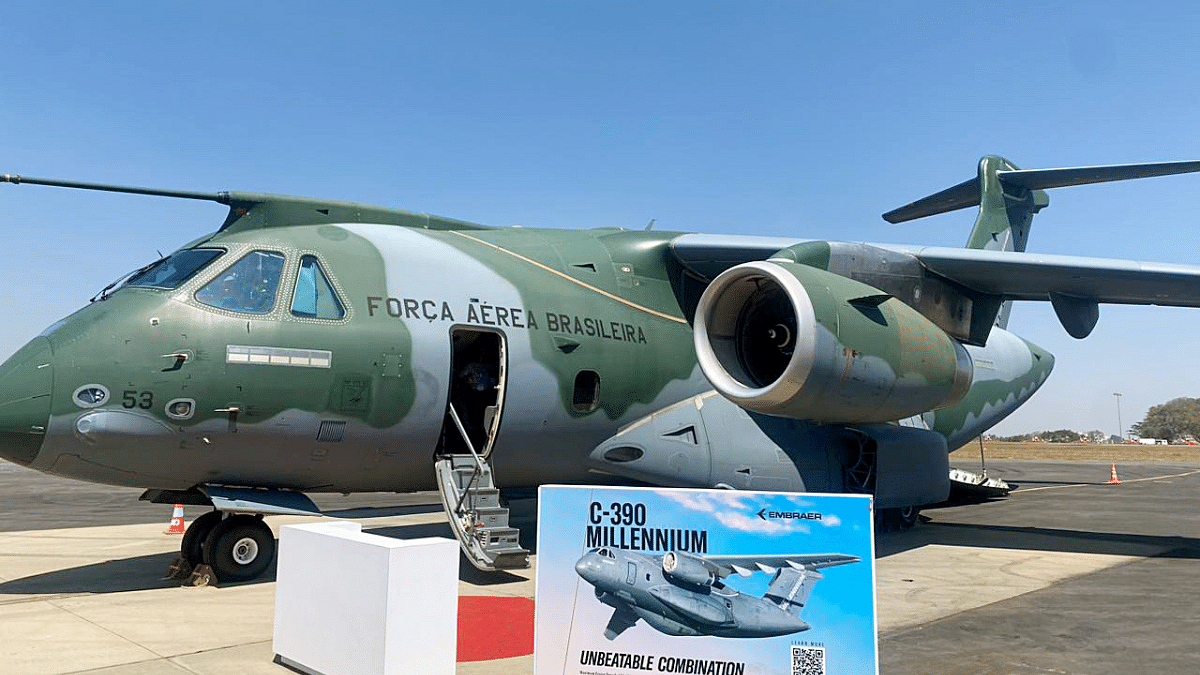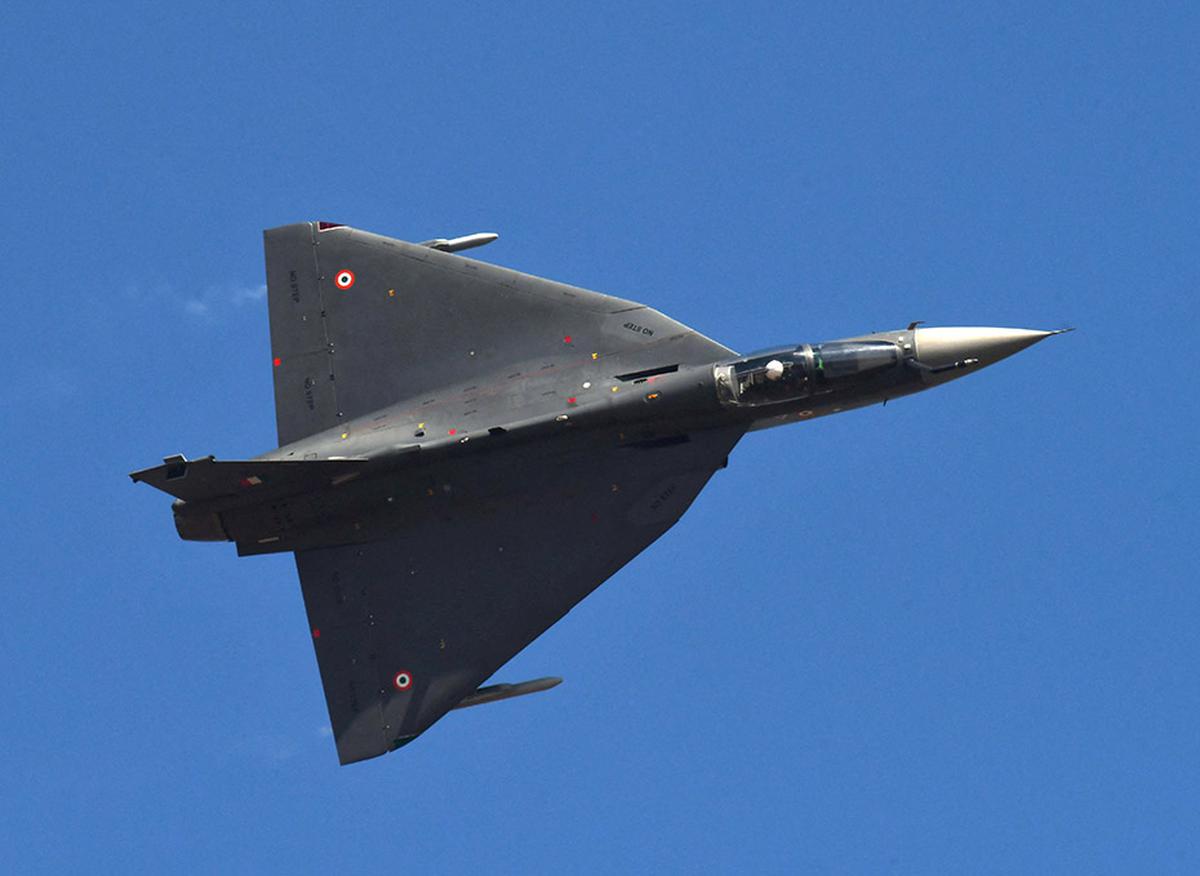IAF seeks 40-80 medium transport aircraft with 18-27 tonne capacity under Make in India route. CEO of Embraer Defense & Security says also looking at setting up assembly line in India.

theprint.in
New Delhi: Brazilian aviation major Embraer is in talks with state-run Hindustan Aeronautics Limited (HAL) and private companies as it firms up a pitch to respond to Indian Air Force’s requirement for 40-80 Medium Transport Aircraft (MTA) that will eventually replace AN32s and even IL76s.
“Our C-390 Millennium is the perfect aircraft to meet India’s requirements. We are not looking at just selling the aircraft but also setting up an assembly line in India as well a MRO (Maintenance Repair and Overhaul) besides a training centre,” Joao Bosco Costa Junior, President and CEO of Embraer Defense and Security, told a select group of reporters Monday.
On a visit to India to meet with senior IAF officers, Bosco added, “We are in talks with state-run HAL and private companies as we look at who our partner in India can be.”
The Embraer is interested in the MTA programme for which it along with two other companies — Lockheed Martin of the US and European major Airbus — have responded to a Request for Information (RFI) issued by the IAF in December last year.
As per the RFI, the IAF is interested in a medium transport aircraft having a load carrying capacity of 18-27 tonnes. The IAF had sought a Rough Order of Magnitude (ROM) cost of aircraft and associated equipment’ for a batch of 40, 60, and 80 aircraft.
In its RFI, the IAF asked companies to send in their information regarding the scope of technology transfer, ways to enhance indigenisation, capability to ensure indigenous manufacture of systems, subsystems, components and spares and for making India a regional or global hub for MRO.
The MTA was originally meant to be a joint Indo-Russia project, but New Delhi pulled out a few years back.
The two countries had signed a pact for the co-development of the aircraft in 2012 under which India would have bought 45 aircraft while Russia around 100. However, the deal was scrapped in 2016 after both countries failed to come to agreement with regard to engine and design of the aircraft.
“In practice, not all projects yield results. During the execution of the project, which lasted five years, we did not manage to find such a solution that would be beneficial for the two countries,” then Russian Industry and Trade Minister Denis Manturov had told Russian media in 2016.
Which aircraft are in MTA contention
Lockheed Martin has pitched in C-130, 12 of which are already in service with the IAF. Having a capacity of 20 tonnes, the aircraft has been earmarked for special operations and has achieved a record landing at nearly 16,700 ft in Daulat Beg Oldie in Eastern Ladakh.
The Airbus has pitched A-400M which has a capacity of 36 tonnes, much more than what the IAF has sought for.
“The competition has very good planes, but the C-390 has the latest technology, multi-mission capability, operational flexibility and low operating costs — all of which gives it an advantage over the competition. The C-390 will bring more value to the IAF,” Costa said.
While Lockheed and Airbus with its
C-295 aircraft, the first of which will be delivered next month, have a deeper defence history with India, Embraer has relatively less footprints in the country.
The Brazilian aerospace company has so far supplied eight jets to India for VVIP travel, and for use as airborne early warning and control aircraft. The rest are all in civil space.
Costa said that Embraer is weighing all the options and will do whatever is necessary, including transfer of technology, to win the deal. “The Brazilian government is fully on board this programme and will extend everything needed,” he said.
The Embraer boss underlined that the company is not just looking at manufacturing the aircraft in India for the IAF, but also for the region as a whole.
Giving a break up, he said there is a potential market for about 300 planes in Asia and the Middle East, a demand that can be catered from the Indian manufacturing plant of Embraer.
(Edited by Tony Rai)






